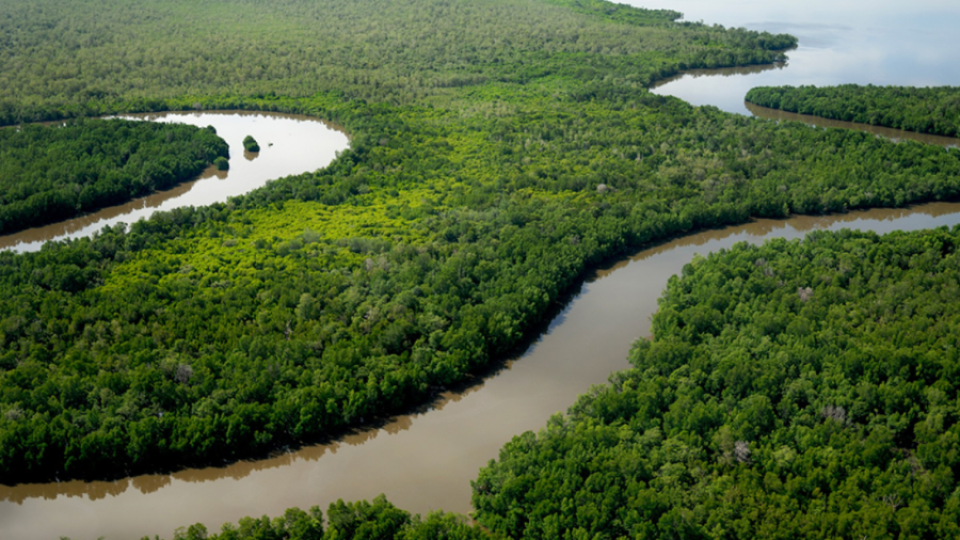October 17, 2024
PHNOM PENH – The Ministry of Environment signed a cooperation agreement with the International Mangrove Center (IMC) in Shenzhen, China to strengthen collaboration in restoring mangrove forests in Cambodia, which span over 50,000 hectares across four coastal provinces.
The agreement was signed on October 12 between Srey Sunleang, director-general of the ministry’s natural protected areas department, and IMC deputy director-general Kong Fanchang, based in Shenzhen, according to the ministry on Sunday, October 13.
“This cooperation agreement focuses on enhancing collaboration, exchanging experiences and restoring mangrove forests, as well as raising public awareness of the importance of mangrove ecosystems,” the ministry stated.
During the signing ceremony, Sunleang highlighted that these forests provide essential ecosystem services to local communities in coastal areas and are popular ecotourism destinations for both domestic and international travellers.
He also mentioned the country’s environmental strategy, which focuses on cleanliness, greenness and sustainability.
To promote reforestation and enhance greenery in communities, the ministry has been distributing free seedlings to the public, including mangrove saplings in the coastal provinces of Koh Kong, Preah Sihanouk, Kampot and Kep.
“This cooperation aligns with the ‘greenness’ initiative by supporting the restoration and conservation of mangrove forests. The ministry is optimistic that through the agreement with IMC, we can collaborate globally on the restoration and conservation of mangroves both domestically, regionally and worldwide,” it added.
Sunleang also welcomed the Chinese delegation, which came to study Cambodia’s mangrove forests.
Fanchang expressed his gratitude to the ministry for supporting the agreement with IMC, which now has the backing of more than 20 countries. He said this highlights the strong friendship between Cambodia and China.
He announced that on November 5, a formal signing ceremony will take place in Shenzhen to officially launch the IMC, with leaders from various countries attending. Cambodia and Madagascar are key participants as founding members of the centre.
Cambodia’s total mangrove forest area spans 58,852 hectares, with Koh Kong province containing the largest portion at 46,529 hectares. This makes it the province with the most extensive mangrove coverage among Cambodia’s coastal regions. Preah Sihanouk province has 9,352 hectares, Kampot has 1,966 and Kep covers 1,005 hectares of mangrove forests.
Sok Sokhom, president of Cambodia’s Natural Resource Lovers Organisation (CNRO) – previously the Cambodian National Research Organisation – which works on resource conservation issues, welcomed the agreement.
He noted that without collective efforts to protect and restore the forests, they would inevitably go extinct.
“If we work together to restore greenery, it will improve the well-being and livelihoods of the people. We must unite to develop, not destroy. I fully support this effort. If we don’t work together to conserve, the mangrove forests will be lost, along with natural resources and tourism,” he said.
He emphasised that many marine species rely on mangrove forests, and he believes that this agreement will help bring additional funding for mangrove conservation and restoration.
Fauna & Flora – Cambodia Programme highlighted the importance of mangroves, noting that they not only protect coastlines from tidal waves and erosion but also store carbon, helping to mitigate climate change. Additionally, it said they support thousands of marine species, contributing to biodiversity and ecosystem health.
“Let us all do our part to protect our mangrove forests by not cutting the mangrove trees and saying no to sand dredging and other activities that may alter the physical structure of these coastal ecosystems,” it stated on World Mangrove Day in July.


